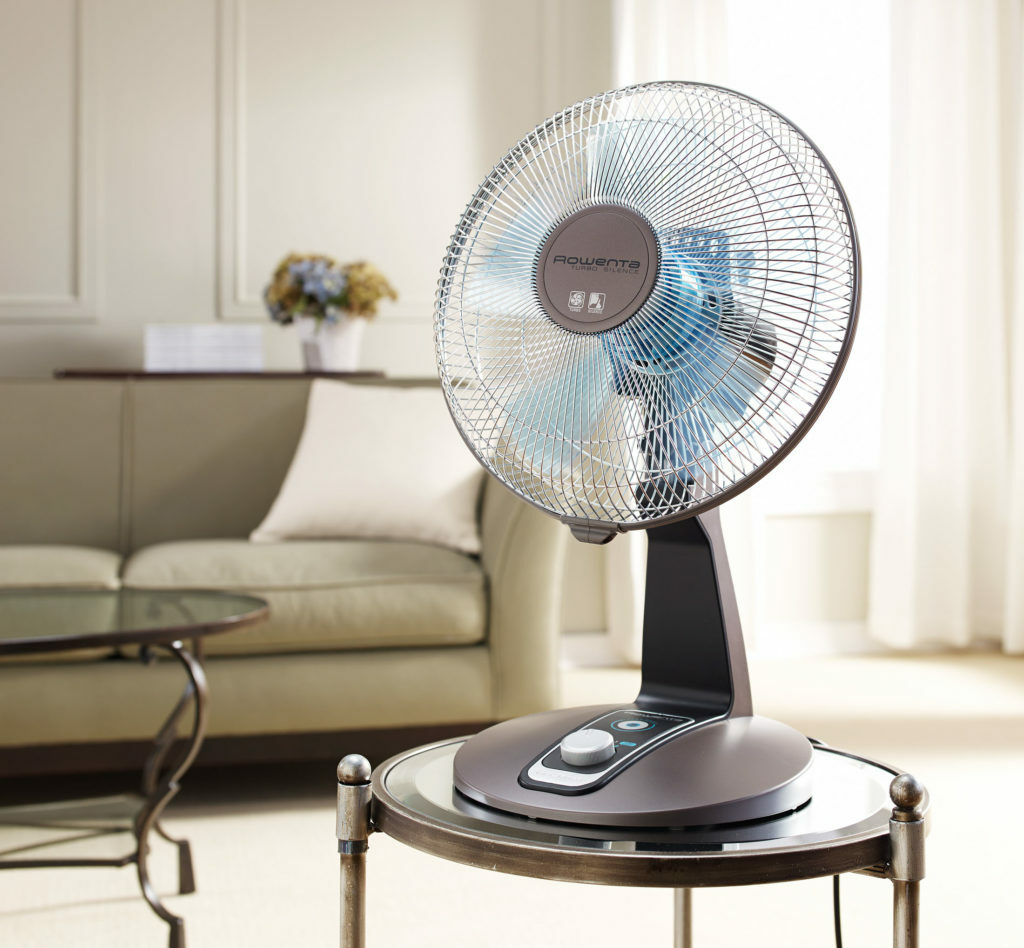Types of circuit breakers are classified depending on the device, sensitivity, response time, number of poles and other technical parameters. Based on this, we can conditionally distinguish 2 categories - industrial and household appliances. How to distinguish them and what types of models there are are described in detail below.
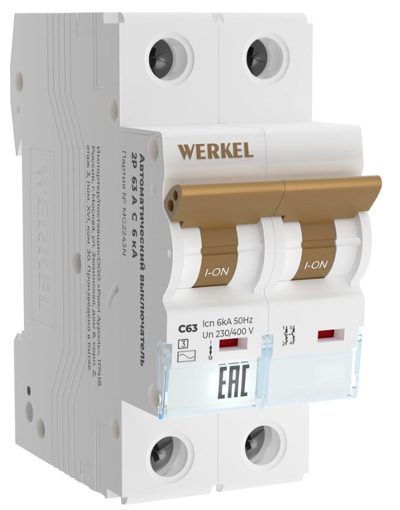
The content of the article
- Switch types
- Classification depending on design
- Classification by number of poles
Switch types
Quite often, electrical equipment is classified into categories, which are designated by letters for convenience. For example, depending on the maximum current strength, i.e. The following types of circuit breakers distinguish the sensitivity threshold:
- Category A – the most sensitive. Equipped with an electromagnetic coil and a thermal release. Thanks to this, the device opens the circuit even when the norm is exceeded by 30%. However, such models are not suitable for domestic purposes, because the lights in the apartment will turn off too often.
- Category B – the classification of circuit breakers also includes this type. It is characterized by less sensitivity and turns off the circuit if the excess is 200%. These are the models that are suitable for domestic purposes. The circuit breaker is convenient and sized - it can be easily installed in the right place.
- Category C – less sensitive devices that operate when the load is 5 times higher, i.e. by 500%. They can be used in apartments, but only at the entrance itself. Those. installed not in front of one outlet, but in front of the entire network, then dividing it into separate branches. When a surge occurs, only one line is disconnected, and the rest will work as usual.
- Category D – the characteristics of this type of automatic switch allow it to operate only when the load is 10 times higher. Therefore, they are installed when the cable exits into an apartment building. When an overload occurs, the more sensitive equipment is switched off first and only then the category D circuit breaker.
- Categories K and Z - these are the least sensitive models that operate when the load is exceeded by 12-18 times (K) and 2-4.5 times (Z), respectively. The latter are used only in circuits with specific electrical appliances. And K devices are used exclusively in factories and other industries. Such devices rarely operate, so the service life of the circuit breaker can reach several years.
Classification depending on design
Regardless of the characteristics, the purpose of the circuit breaker is always the same. It must de-energize the entire network or a separate branch of it when a certain overload is reached. Moreover, to select a suitable model, you should pay attention to the design features. Based on this criterion, the following types are distinguished:
-
Model – they are compact, easy to use, controlled by a lever. Often installed in apartments, entrances, and office buildings.

-
Cast – the device of an electric machine of this type is mounted in a solid plastic case. It is made of fire-resistant material, so it fully meets fire safety requirements. It is characterized by increased durability - some models can withstand overloads of up to 1000-3200 A.
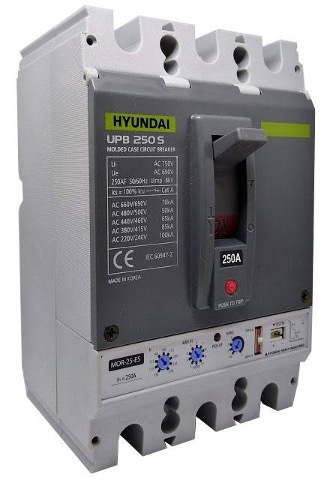
-
Power switches - the mechanism is installed in a metal housing with open surfaces through which the condition of the contacts can be monitored. In addition, the holes provide good cooling. The standard range of circuit breakers of this type is usually used in industrial enterprises, since the equipment can withstand overloads of up to 13,500 A.
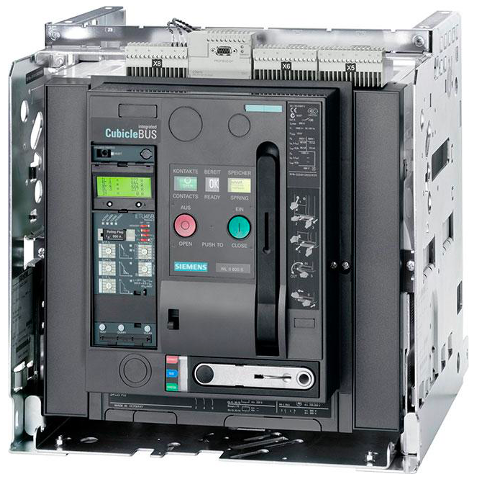
Classification by number of poles
There are other classifications. For example, in practice the dimensions of the circuit breaker matter. In the case of household appliances, the sizes are small. For example, the width ranges from 2 to 5.5 cm, the height is about 8 cm and the depth is 7 cm. A more important criterion is the number of poles:
- The single-pole type device is equipped with 2 terminals; they are placed in regular sockets.
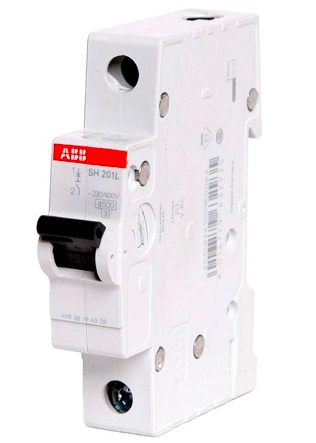
- Double-pole ones have 2 pairs of contacts, so they can be used to service 2 different branches. For example, one will monitor changes in the outlet, and the other – in lighting.

- Three-pole ones, respectively, have 3 pairs of contacts and can be used to service 3 branches at once. As a rule, they are used in industrial enterprises.
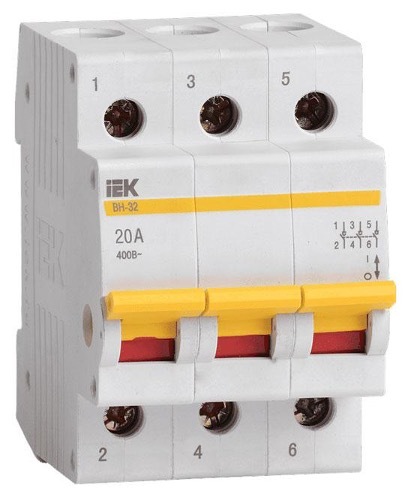
- There are also 4-pole models that can serve a wide variety of devices and branches, including production equipment, welding machines, mechanisms and others.
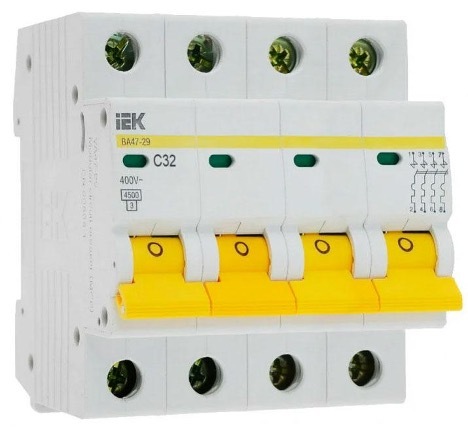
When choosing one model or another, one should also take into account such characteristics as response time. Normally it does not exceed 0.1 seconds. Although there are also faster devices with a time within 0.005 s. They cost more, but for domestic purposes such efficiency is not required. You can buy a category B switch for your apartment with a normal response time.


